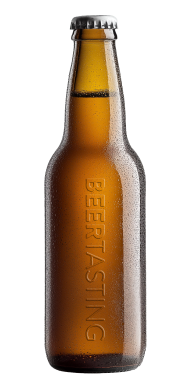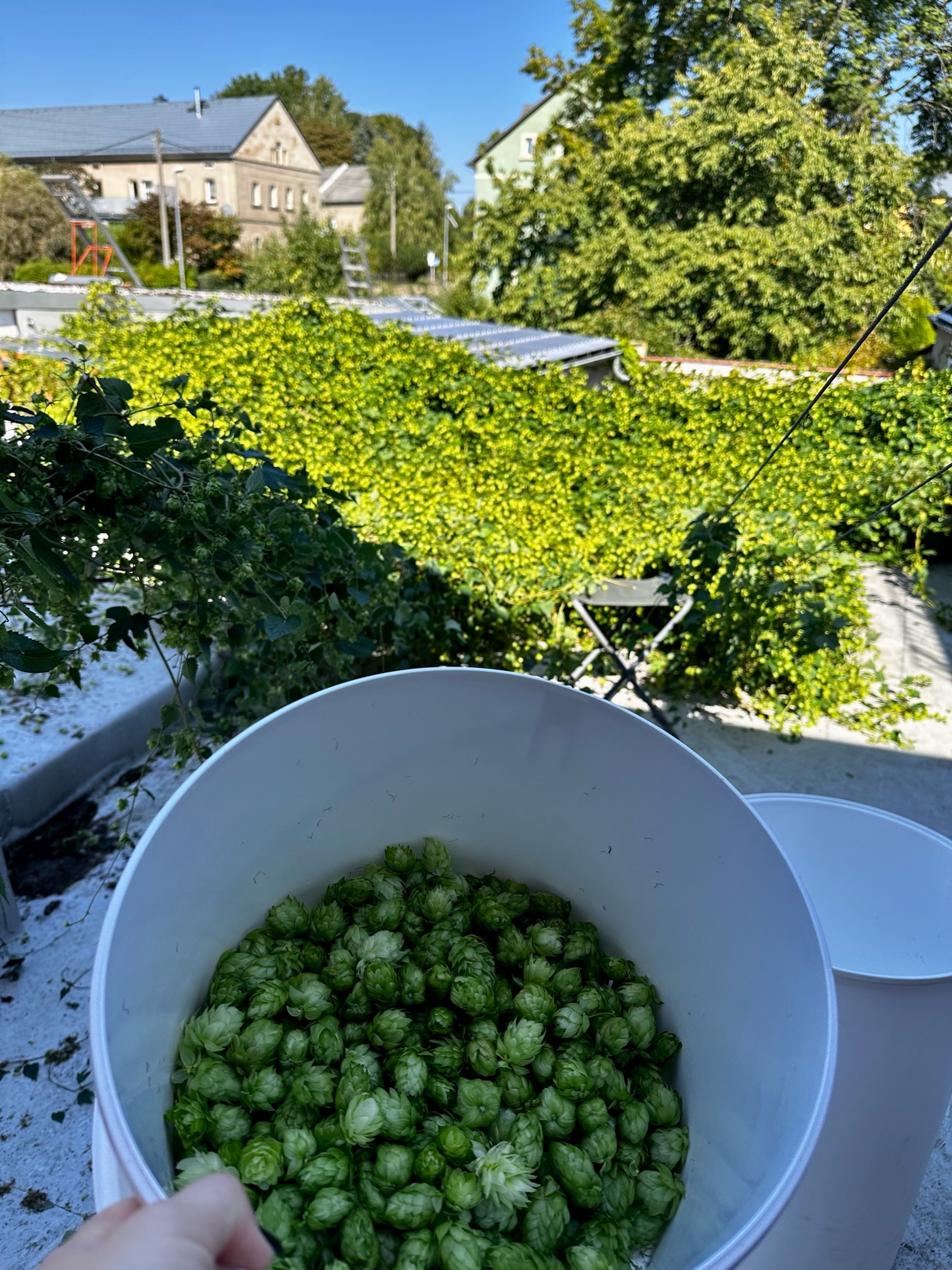Westerbottens - Snöan

Westerbottens (Sävar)
7,4%
Alcohol
Scottish Ale
Beer type
Top fermented
Fermentation
1
Ratings
1
Cheers
1
Reviews
Beer description
SNÖAN is our new stylish beer from us at Westerbottens bryggeri. It is a copper-coloured ale of Scottish type, inspired by the beer style Wee Heavy. It roughly means "small and strong" which is a good representation of what Snöan stands for. Other beers in our range have an alcoholic strength of between five and six percent by volume, but Snöan has been raised to 7.4 percent by volume. The result is a malty beer with a certain crispness in both flavour and aroma. You can also find notes of liquorice and dried fruit in this complex brew. True to form, we have kept the sweetness down in favour of dryness and a subtle hop bitterness. Snöan is the perfect winter beer and can be enjoyed on its own, but it's also great as a food drink. SNÖAN can be ordered throughout the country via Systembolaget's website, click here.
Packaging: 33 cl bottle.
Alcohol content: 7,4 vol %.
Ingredients: Water, barley, cane sugar, yeast and hops (East Kent Golding and Pilgrim).
Westerbottens bryggeri recommends: Try a cellar-selected SNÖAN with a cheese tray or a lamb roast. A tip for those who have a boat: take a trip to Snöan and enjoy the fantastic nature and cultural history.
SNÖAN is an island off the Järnäs peninsula just south of Norrbyskär. On a map from 1648, the island was spelt 'Snödan', an older word for 'cold'. And even today the environment is characterised by rugged cliffs, shingle fields, seaside meadows with sea buckthorn bushes and moors (it is for the sake of the moors that we have chosen a heather-coloured label for the beer so that the thoughts can also go to the Scottish heaths). The entire Snöan area is protected as a nature reserve with an unusually rich bird life with species such as sandeel, blackbird, shelduck and marsh harrier. People have been using Snöan ever since it began to rise from the sea some two thousand years ago. Traces of ancient seal hunters and fishermen can be found in the form of tomtungs (simple house foundations), labyrinths, compass roses and gistgårdsrösen (remains of net drying sites).
The picture shows a labyrinth, a common ancient monument along the Norrland coast. The buildings on the island consist of fishing cottages and a chapel from the 18th century. The buildings have been gradually expanded during the 20th century, and today Järnhällan is a uniform and cohesive fishing village environment.
The photo is from Västerbotten Museum's photo archive, photographer Bo Sundin.


